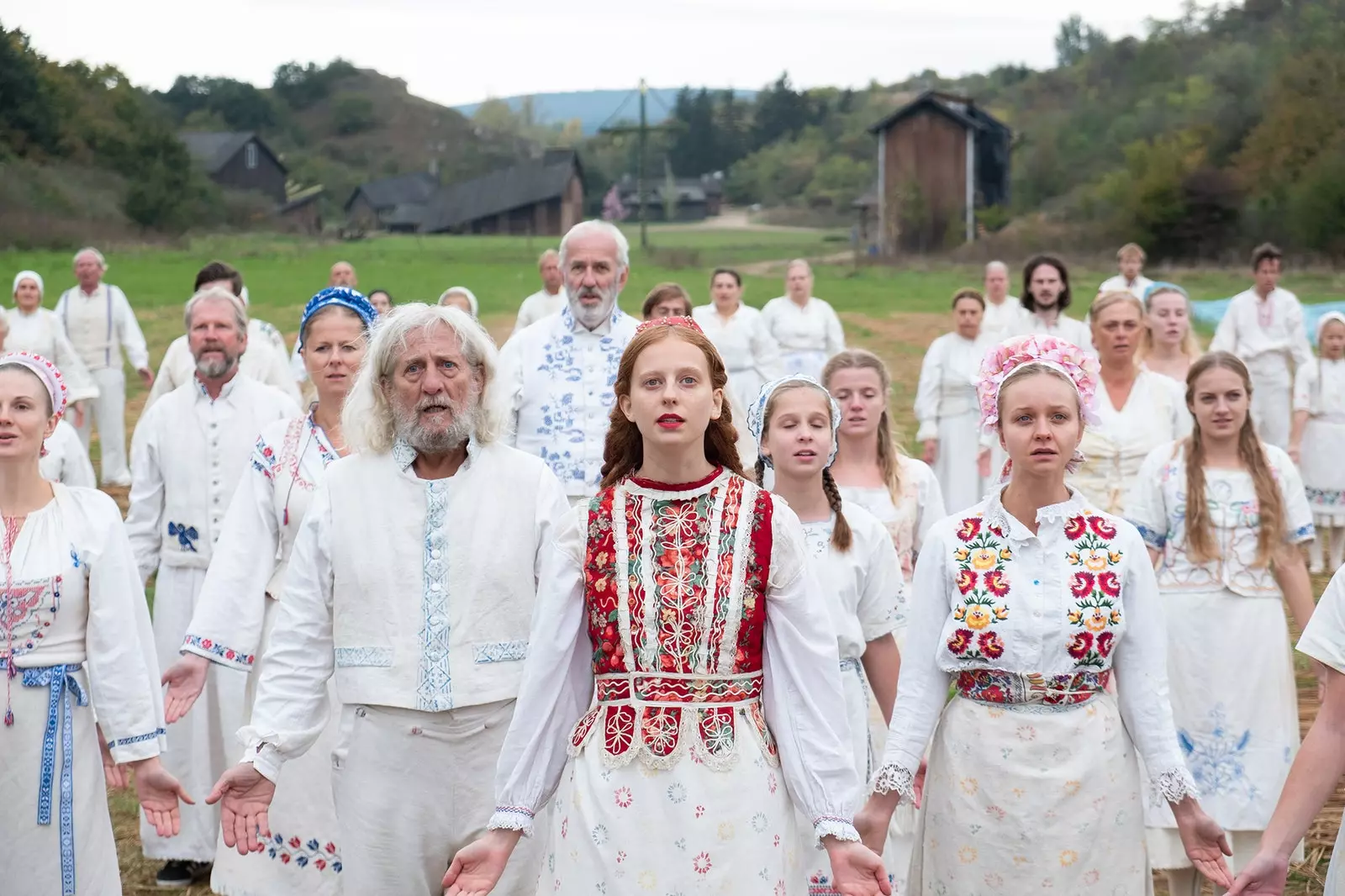
Scene from 'Midsommar'
the last movie of Ari AsterMidsommar (2019), we are inspired by a physical, initiatory and lysergic journey through the landscapes of the Folk-Horror . The echoes of the places of the wild sweden , the forests of New England or the cliffs of the scottish highlands they resonate in our heads like atavistic songs. Shall we crown the “Queen of May”?
BUT WHAT THE HELL (NEVER BETTER SAID) IS THAT FOLK HORROR?
Various ideas and influences run like wildfire through the bowels of a genre that was practically born as a result of the death throes of the golden age of British horror cinema: the one conceived by the authors consecrated to the Hammer Productions.
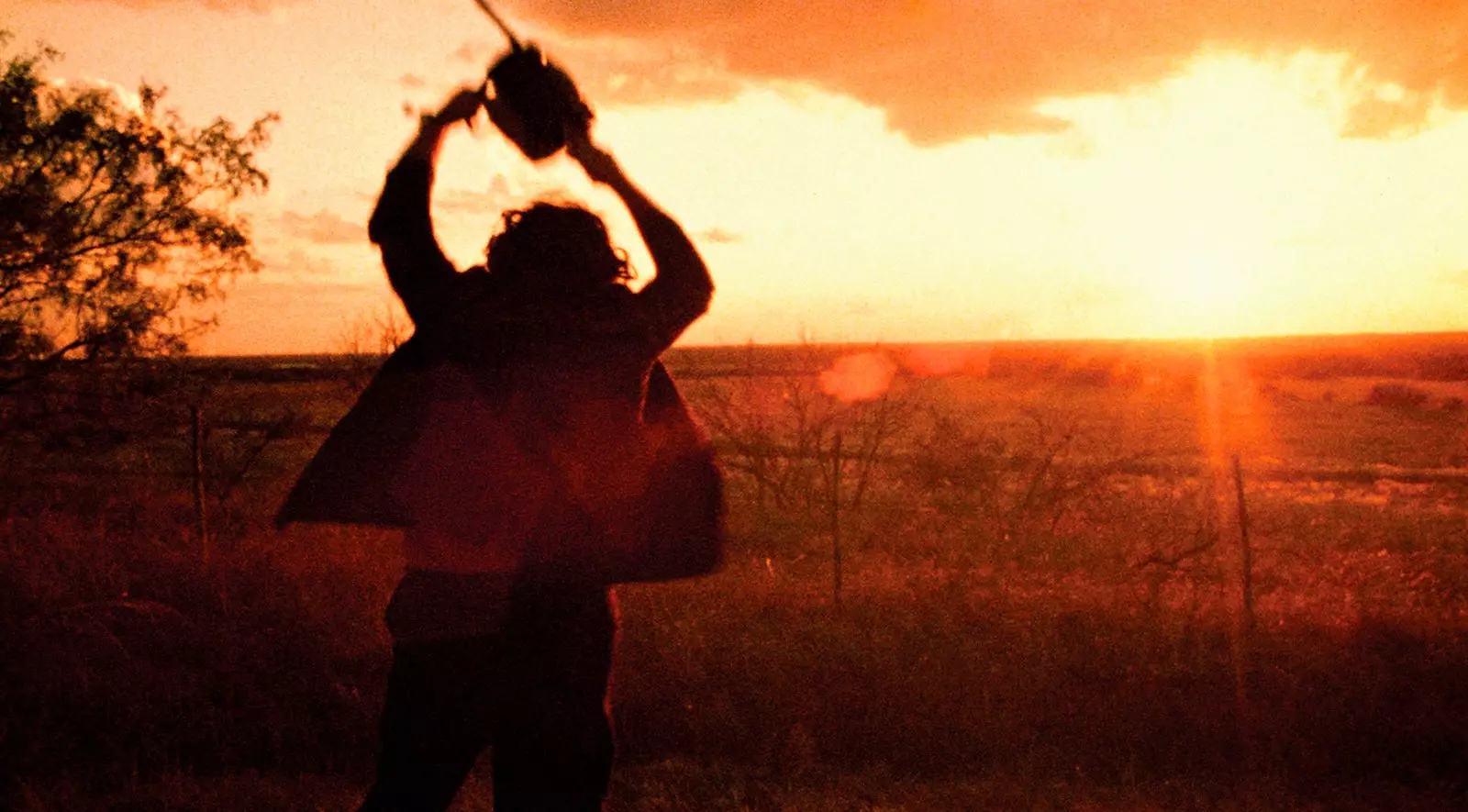
Scene from 'The Texas Chainsaw Massacre'
The rural landscapes , when not invaded by wild nature, of the Midlands and Highlands, they were the favorite environments to shoot (or imagine) a series of films that are difficult to classify.
Being more or less strict, We will never say that all horror movies that take place in rural enclaves or forests are Folk Horror. Not much less. Nor is it worth being reductionist and understanding that only in the English counties can these fictions that celebrate atavism and catharsis.
However, we can find countless films that destroy bucolic myths, introduce us to country nightmares and that are crossed in some way by this subgenre. But these films will be closer to the American Gothic or plain rural terror.
If, for example, we imagine dysfunctional families ruining excursions of young urbanites through semi-desert landscapes, practically all of us will have in our heads the "premonition of the armadillo"... The Texas Chainsaw Massacre (The Texas Chain Saw Massacre, Tobe Hooper, 1974) is not Folk Horror. as neither is wake up in hell (Wake in Fright, Ted Kotcheff, 1971), straw dogs (Straw Dogs, Sam Peckinpah, 1971) or The Hills Have Eyes (The Hills Have Eyes, Wes Craven, 1977). The worst (or best, depending on how you look at it) cycle possible before going on a rural getaway!
The most emblematic films (or, at least, the closest) to Folk Horror are those in which rituals, paganism, witchcraft, occultism and sectarian aroma are interspersed with the exuberance of a landscape that sublimates and suffocates in equal parts. Folk Horror winds its way through more fertile grounds: blooming buds exploding in a climax of lurid beauty.
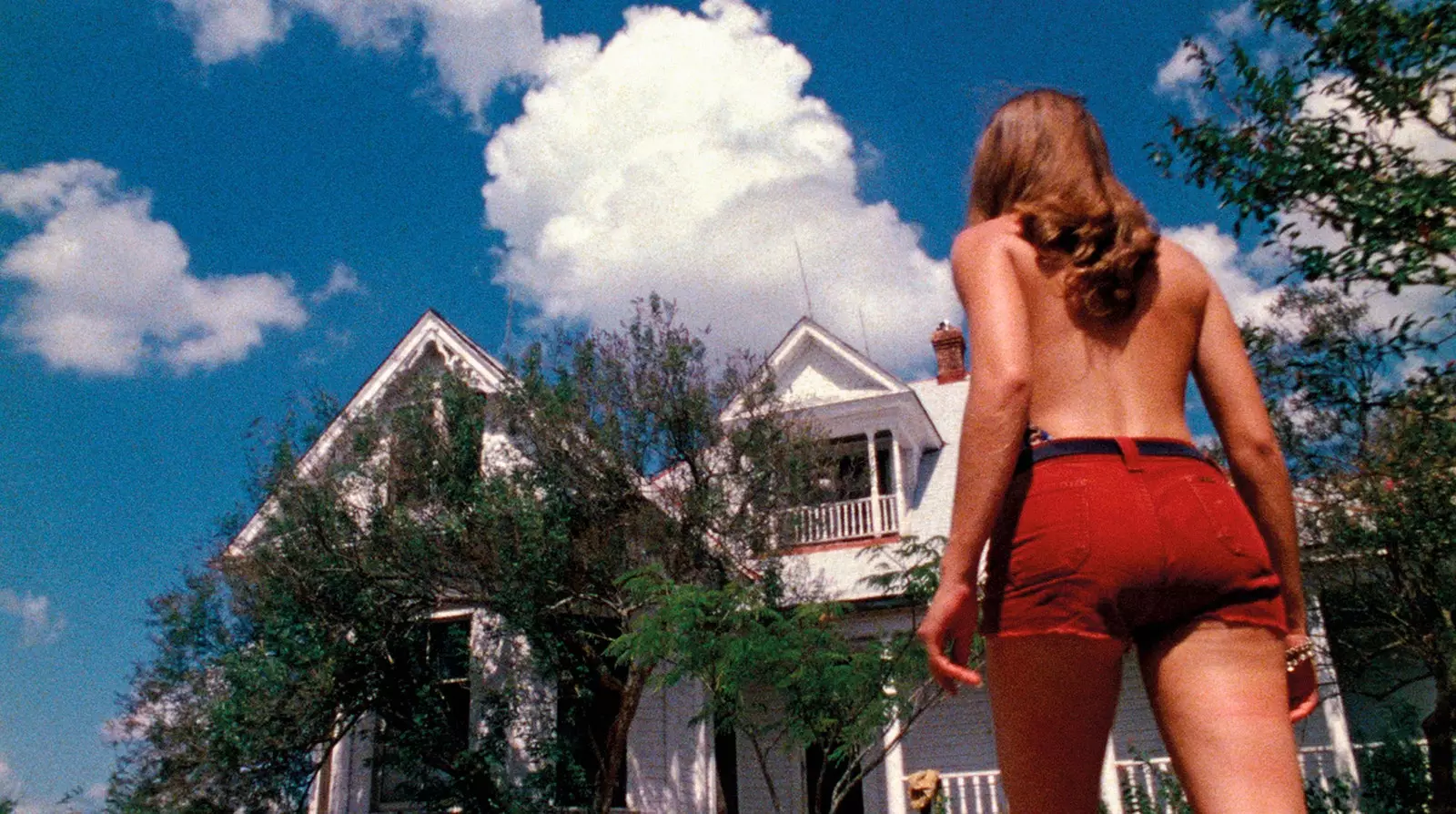
No, 'The Texas Chainsaw Massacre' is not Folk Horror
The origin of the first titles of this subgenre of horror, As we anticipated, it has a lot to do with the twilight of the sixties.
The death of the hippie dream (“The hippies were wrong”…) and of the “summer of love”, which culminates with the bloody signature in the American black chronicle of The Manson Family, It seems like the perfect breeding ground for these productions to rediscover a very suggestive ancestral imagery: spells in the runic alphabet and other dead languages, occult powers in nature, fertility rites, uninhibited sexuality and, ultimately, the reflection of a certain hope in the freedom of the individual sheltered in nature that ends up cracking. Impossible not to remember here the legacy of the church of the occultist Aleister Crowley …
The influences of concepts “proto-folk horror” we can already find them in jewels as iconic as the surprising Haxan (Benjamin Christensen, 1922) : Shockumentary, fictional documentary and Swedish ode to illusionism (How well and finely the good Ari Aster has spun in his anthropological references with Midsommar). It is no coincidence that precisely in 1968 William S Burroughs put a voice to the intertitles of this work, turning it into Witchcraft Through the Ages ( Witchcraft through the ages ) .
Another of the great antecedents of what would become Folk Horror at its best is the night of the devil (Night of the Demon, Jacques Tourneur, 1957). Also known as Curse of the Demon . Where else could we find runic alphabet as prehistoric graffiti at Stonehenge?
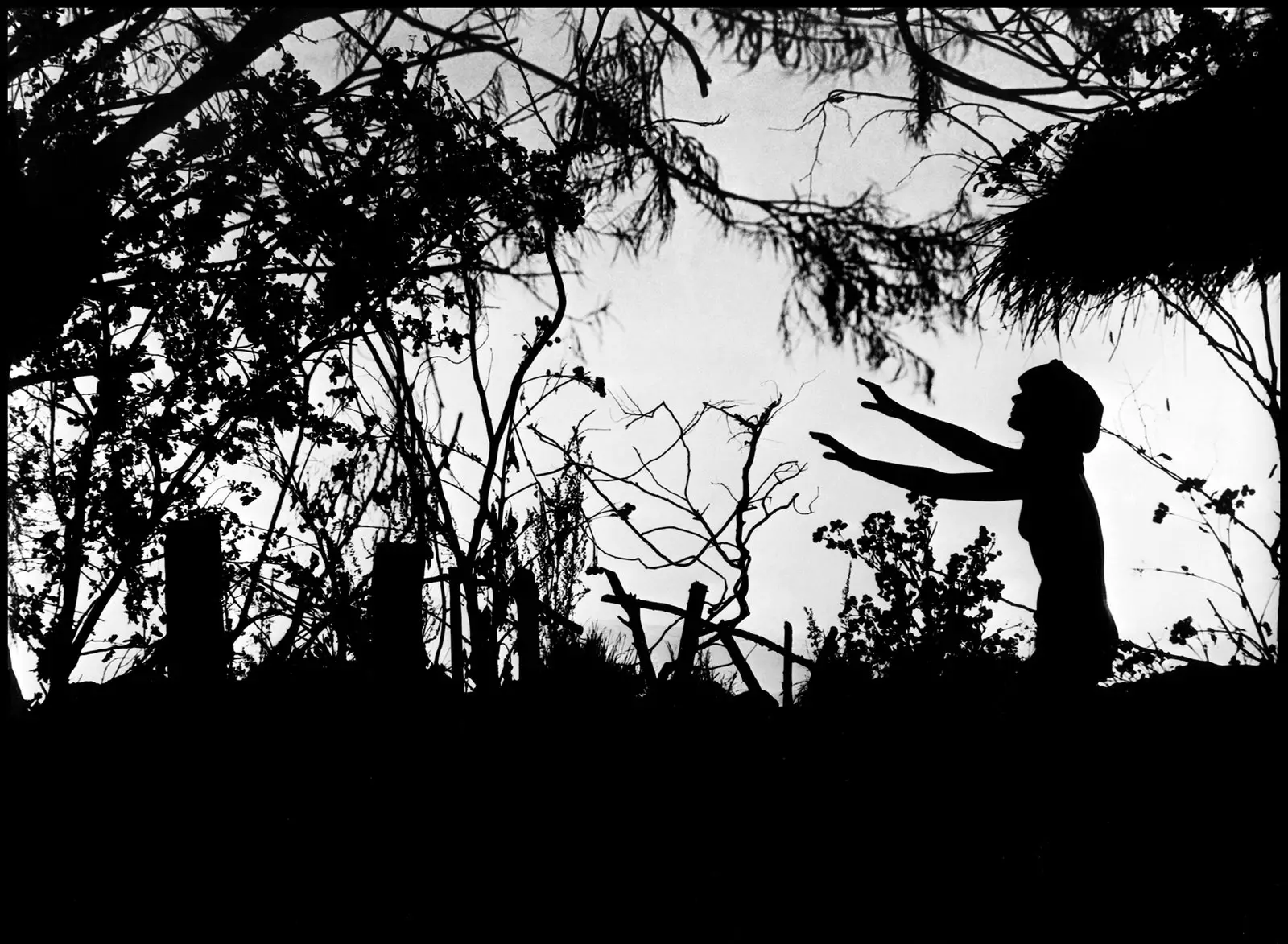
The amazing 'Häxan'
Apart from this picturesque poetic license and its interaction with landscapes that seem to engulf the characters, in Tourneur's film we appreciate another of the most interesting Folk Horror concepts: the clash between a 'civilized' or 'rational' thought against pagan forces or invocations, protected by nature.
This clash of universes will reach its summit at oppose neopaganism, or recovery of ancestral beliefs strongly rooted in a nature as beautiful as it is fearsome, with Christianity; and more specifically with the Puritanism or Calvinist Protestantism. In effect, the folklore of witchcraft and its anthropological reality It would not take long to permeate the genre.
As Mark Gatiss explains in the serial documentary for BBC Four A History of Horror (2010), two essential films within Folk Horror are Satan's claw (The Blood on Satan's Claw, Piers Haggard, 1971) and the wicker man (The Wicker Man, Robin Hardy, 1973). Gatiss's definition in the following sentence practically sets the stage: films that “share a common obsession with the British landscape, its folklore and its superstitions”.
Far from underestimating The Blood on Satan's Claw, well-anchored in the fertile British land, shot in the Oxfordshire and Buckinghamshire countryside, the jewel in the crown (of flowers) of Folk Horror is, without a doubt, The Wicker Man . (Even if it was only because of Christopher Lee's great hair…) .
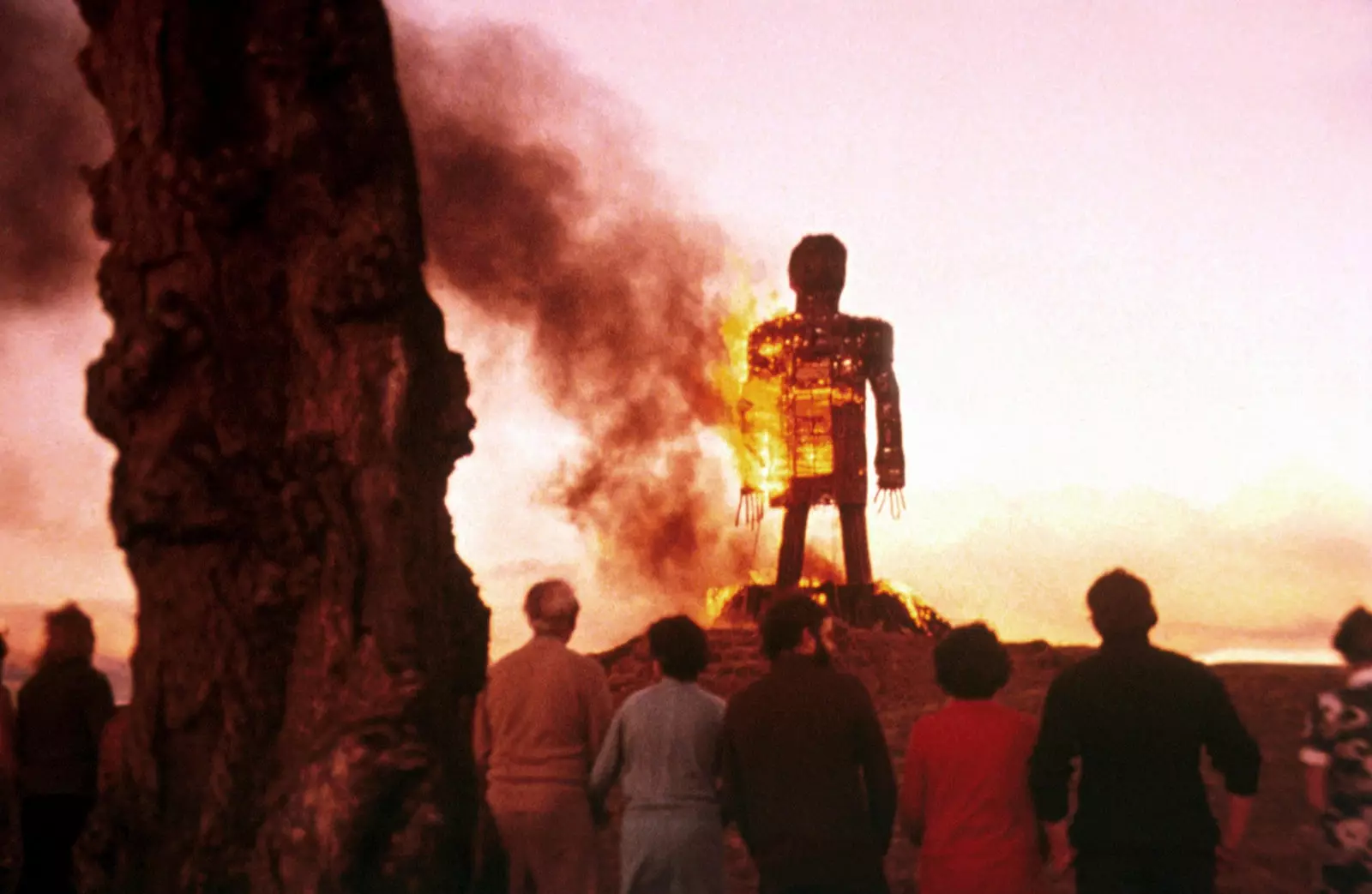
Scene from 'The Wicker Man'
Robin Hardy's cult film is the quintessential icon of everything that Folk Horror represents and its later manifestations. And, of course, it is one of the most obvious and enjoyable cinematic references to Ari Aster's Midsommar.
Those who want to relive some of the unforgettable sequences of the seventies The Wicker Man can do so by getting lost in places of the western Highlands of overwhelming splendor. Such as the Plockton Seaside Town, real settlement of the fictional Summerisle. Or lovers of bonfires and twilight catharsis (those who know the end of the film will understand what we're talking about) can revel in the sheer cliffs of Burrowhead (Whithorn Peninsula) Dumfries and Galloway.
**WE PROMISED YOU GOATS. BUT NEVER LOSE SIGHT OF CROWS, HARES, WORMS (NOR BEARS) **
Midsommar is among the most interesting contemporary fiction heirs to the British Folk Horror (with its good doses of black humor always present). Although the name of the place where the extravagant pagan sect settles, Hårga, exists and refers to a real Swedish population; this one does not correspond (luckily for the tourists…) with Aster's fiction. The set of filming had to be erected finally outside of Budapest (Hungary).
Midsommar gloriously evokes other coordinates, equally or more stimulating, such as the scenes of Scandinavian folklore; the ancestral rituals around the summer solstice and fertility; the mysterious allure of viking runes and 'the journey' : understood here not only as physical displacement, but also as internal transition, experimentation, initiation ritual and even psychotropic introspection.
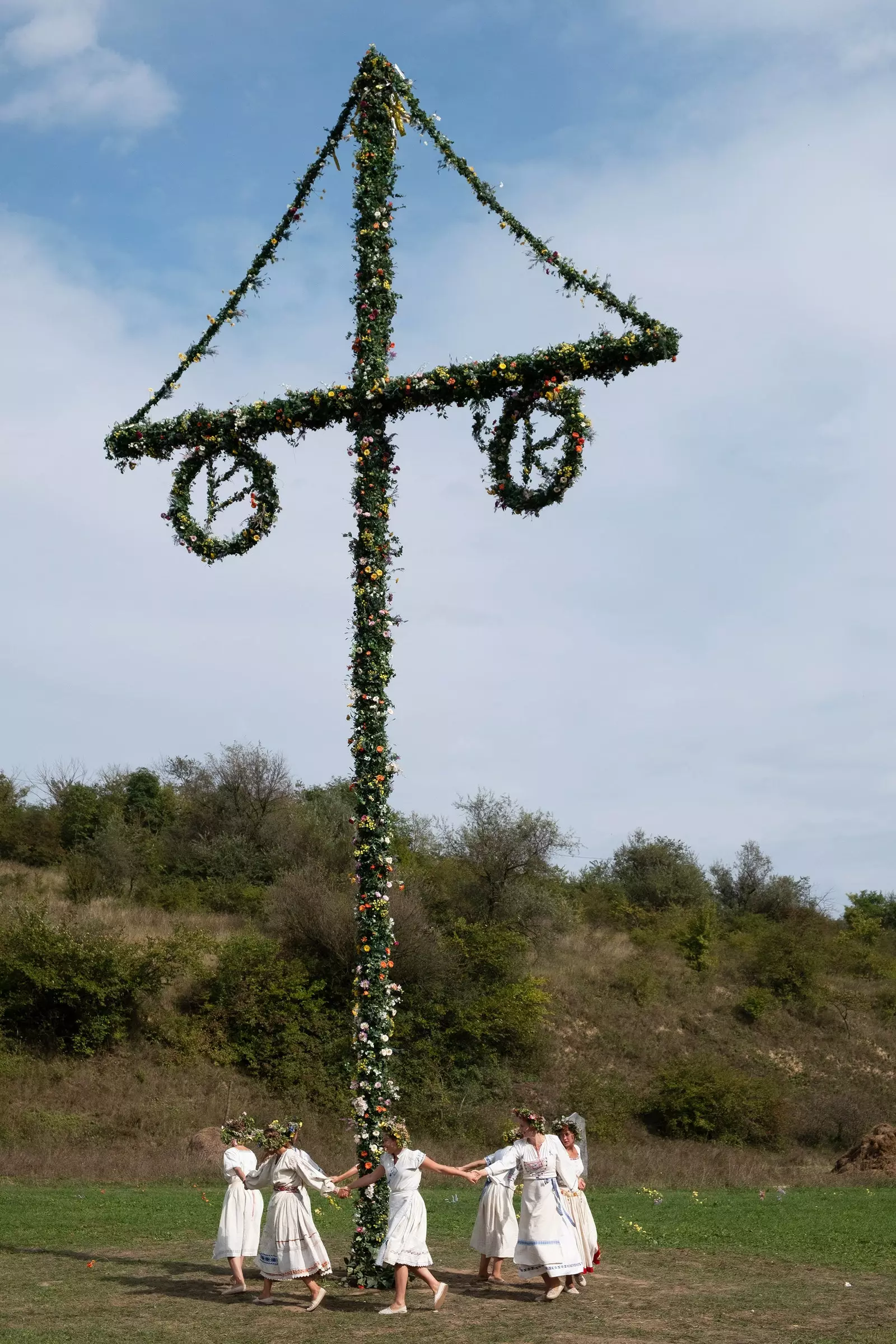
'Midsommar' by Ari Aster
A type of journey on which other outstanding works within this latest batch of contemporary Folk Horror are also based. Where the imaginary of the witch and her swampy aesthetic acquires a more than interesting review. Here it would be unfair to forget a mention of The Blair Witch Project (The Blair Witch Project, Daniel Myrick, Eduardo Sánchez, 1999) that marked several precedents in the genre, in addition to leaving a strong generational footprint in the last children of the video store.
One of these titles is the wonderful approach to New England folklore, black magic, Puritanism, superstition, the coming-of-age story and demonic goats (promise is debt) by The Witch: A New England Legend (The VVitch: A New-England Folktale, Robert Eggers, 2015).
Despite its title and all its sources of inspiration, **the actual filming locations took the crew to shoot in the remote and eerie woods of the ghostly Kiosk ** (Ontario, Canada) . For fans: there are cabins and camping place …
thanks to the podcast night tide (now on Radio Primavera Sound) we have been able to recover another hypnotic title, the Austro-German co-production Hagazussa: A Heathen's Curse ( Hagazussa , Lukas Feigelfeld, 2017). Black magic, atavism, paranoia, paganism, superstition and nature in its rawest essence. Unspeakable visual experience as we are devoured by the remote landscapes of the Austrian Alps. There are also goats, of course.
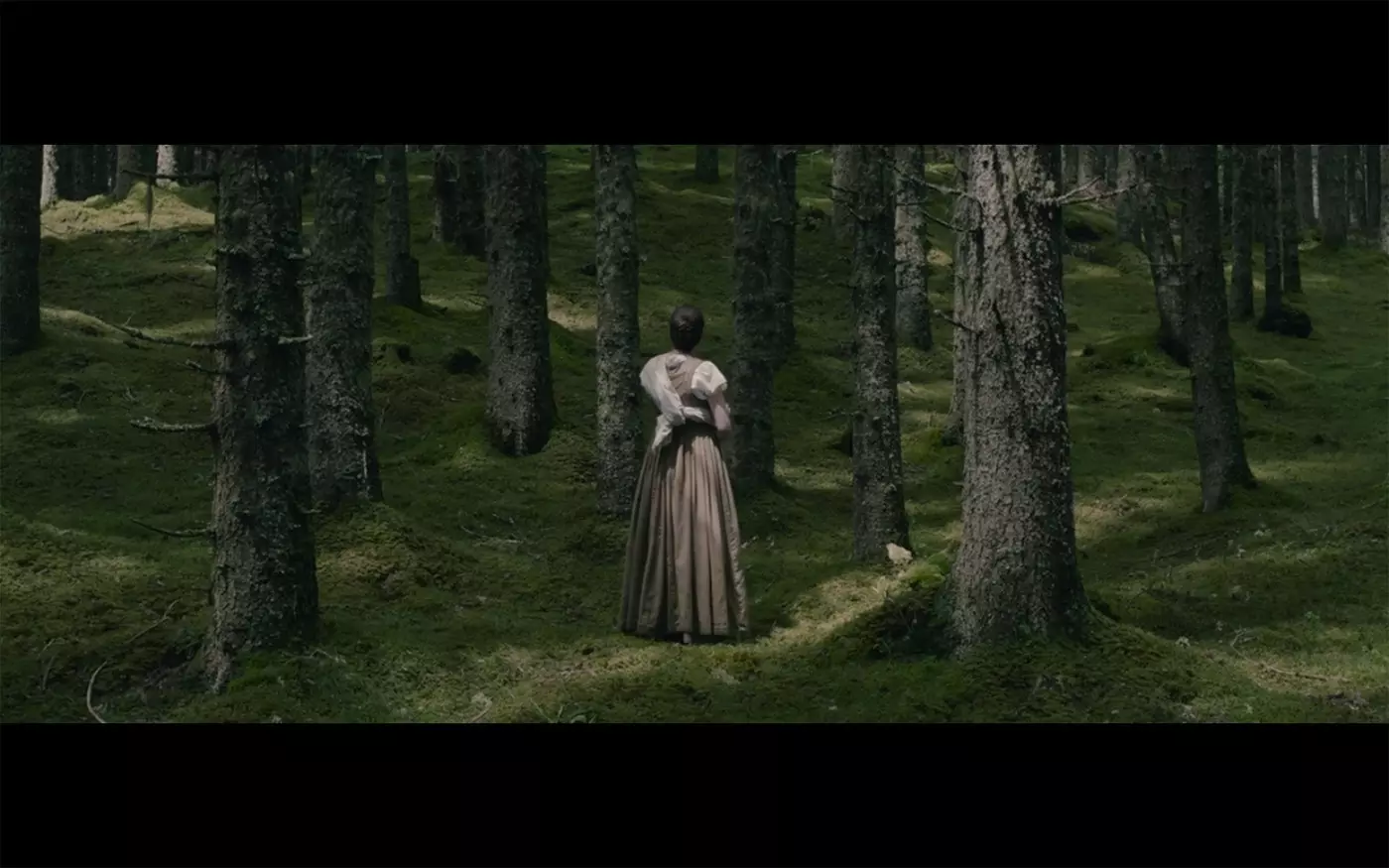
Black magic, atavism, paranoia, paganism, superstition and nature
